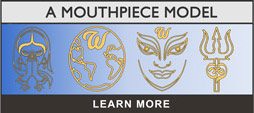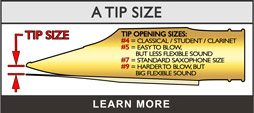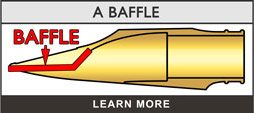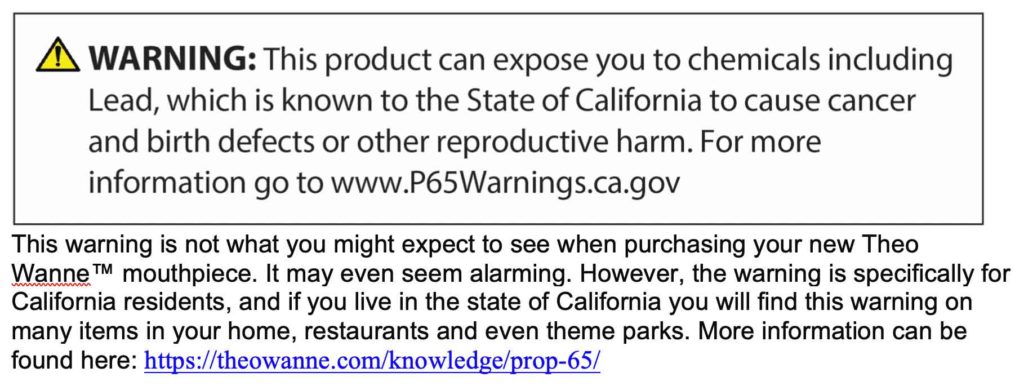WHAT IS THE PROP 65 WARNING I FOUND ON MY THEO WANNE™ PRODUCT?
This warning is not what you might expect to see when purchasing your new Theo Wanne™ mouthpiece. It may even seem alarming. However, the warning is specifically for California residents, and if you live in the state of California you will find this warning on many items in your home, restaurants and even theme parks.
This warning is the result of a law passed in California in 1986, referred to as the California Safe Drinking Water and Toxic Enforcement Act of 1986, or more generally referred to as “Proposition 65” to inform customers that products may contain chemicals known to cause cancer or reproductive harm.
WHY DOES THEO WANNE™ INCLUDE THIS WARNING?
Theo Wanne™ strives to comply with all applicable laws, including Proposition 65.
We believe our products are not harmful when used as designed. We provide the warning in order to comply with this California right-to-know law.
With the way Proposition 65 is structured, however, it is not possible to ascertain, with 100% scientific certainty, whether or not a particular product requires a warning for any one of the more than 850 chemicals on the Proposition 65 list.For a complete listing of chemicals covered in Proposition 65, visit the official OEHHA website. At the same time, the law allows any private person “in the public interest” – so-called private bounty hunters – to sue companies to enforce the law, and to keep a percentage of the penalties imposed. As a result, Theo Wanne™, as well as many other manufacturers, have elected to provide the Proposition 65 notice to ensure compliance and avoid the potential for liability.
The warning does not mean that our products actually will cause any harm. The California government has clarified that “the fact that a product bears a Proposition 65 warning does not mean by itself that the product is unsafe.” The government has also explained, “You could think of Proposition 65 more as a ‘right to know’ law than a pure product safety law.” (oehha.ca.gov/prop65/background/p65plain).
I PURCHASED THIS PRODUCT OUTSIDE OF CALIFORNIA; WHY IS IT INCLUDED?
Our products are sold nationwide. It would be extremely difficult and costly to determine which products will be ultimately sold or brought into California. Therefore, to ensure compliance with Proposition 65 requirements, we have decided to include these warnings on all of our products, regardless of destination.
WHAT IS PROPOSITION 65?
Proposition 65 is broad law that applies to any company operating in California, selling products in California, or manufacturing products that may be sold in or brought into California. It mandates that the Governor of California, through the California Office of Environmental Health Hazard Assessment (OEHHA) maintain and publish a list of chemicals that are known to cause cancer, birth defects and/or other reproductive harm. The list, which must be updated at least annually, includes a wide variety of chemicals that can be found in many everyday items, such as dyes, solvents, drugs, food-additives, by-products of certain processes, pesticides and tobacco products. The purpose of Proposition 65 is to ensure that people are informed about exposure to these chemicals.
A warning must be given if the listed chemical is merely present in a product unless a business demonstrates that the exposure it causes poses “no significant risk.” The “no significant risk” levels established under the law present some of the most conservative public health levels in the world. With respect to carcinogens, the “no significant risk” level is defined as the level which is calculated to result in not more than one excess case of cancer in 100,000 individuals exposed over a 70-year lifetime. In other words, if you are exposed to the chemical in question at this level every day for 70 years, theoretically, it will increase your chances of getting cancer by no more than 1 case in 100,000 individuals so exposed.
With respect to reproductive toxicants, the “no significant risk” level is defined as the level of exposure which, even if multiplied by 1,000, will not produce birth defects or other reproductive harm. In other words, the level of exposure is below the “no observable effect level,” divided by 1,000. (The “no observable effect level” is the highest dose level which has not been associated with observable reproductive harm in humans or test animals.)
For more information about Proposition 65, visit: www.oehha.ca.gov/prop65














